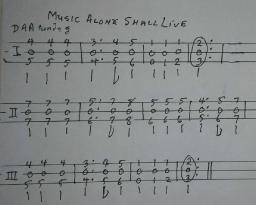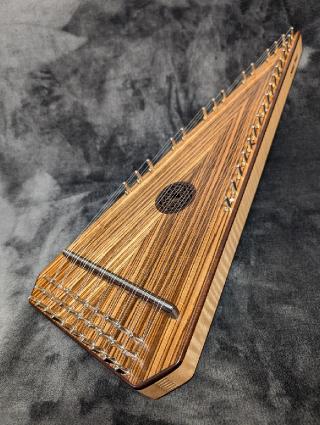The Drifting Thread...
OFF TOPIC discussions
Yesterday my husband suggested we go to a hip coffee place that recently opened in our village. They also sell old vinyl records.
Lots of millenniums and hipsters with children go there because it's a happenin' place and they get to hear and browse 'vintage' music while sipping coffee and watching their toddlers play. Some of us seniors village residents like to go there as well, because it's relaxed and cozy, and the music choices are sometimes what we grew up with.
Yesterday, the owner (who usually makes their excellent espresso drinks), overheard a little table of us Old Folk mentioning songs we remembered, and the subject of Wooly Bully by Sam the Sham and the Pharoahs came up. Next thing we knew, the owner had secretly punched it up from behind the counter on the sound system from his phone, in all its thumping glory.
So everyone in the cafe got to see a group of grey haired Boomers doing the frug from our seats and belting out along with the song- "Matty told Hatty, 'bout a thang she saw...." and of course we all chimed in at exactly the right time (because every word and note is seared into our old brains) with "Watch it now, watch it watch it watch it!!"
We Old Geezers must have been quite a sight -but we didn't care! Which of course made it even more fun.
I imagine the owner, a wise young man in his 30s, must have felt like a cosmic puppetmaster, making us all sing and dance with a simple click of his finger on his phone, and bringing everyone there obvious joy.






 I got no complaints from the purchaser which I took to mean he is a better musician than me.
I got no complaints from the purchaser which I took to mean he is a better musician than me.